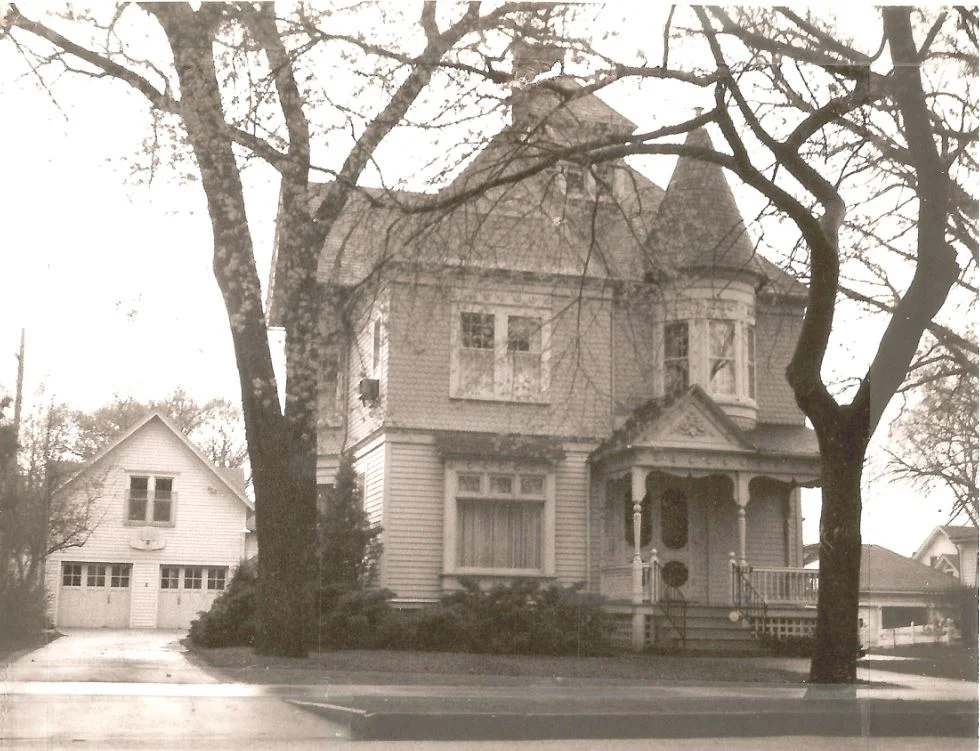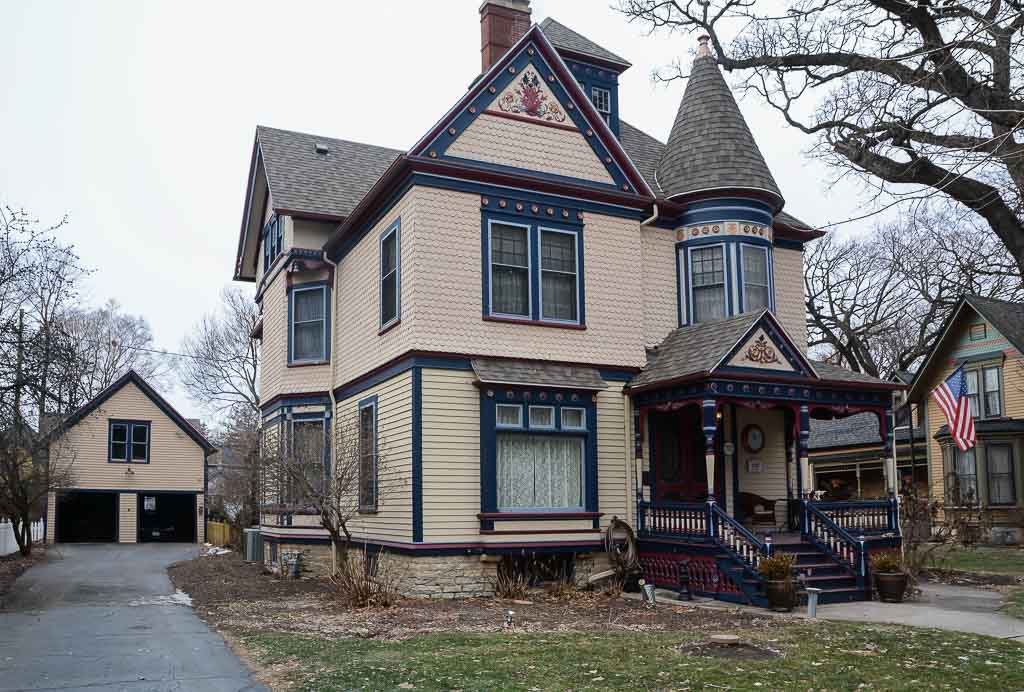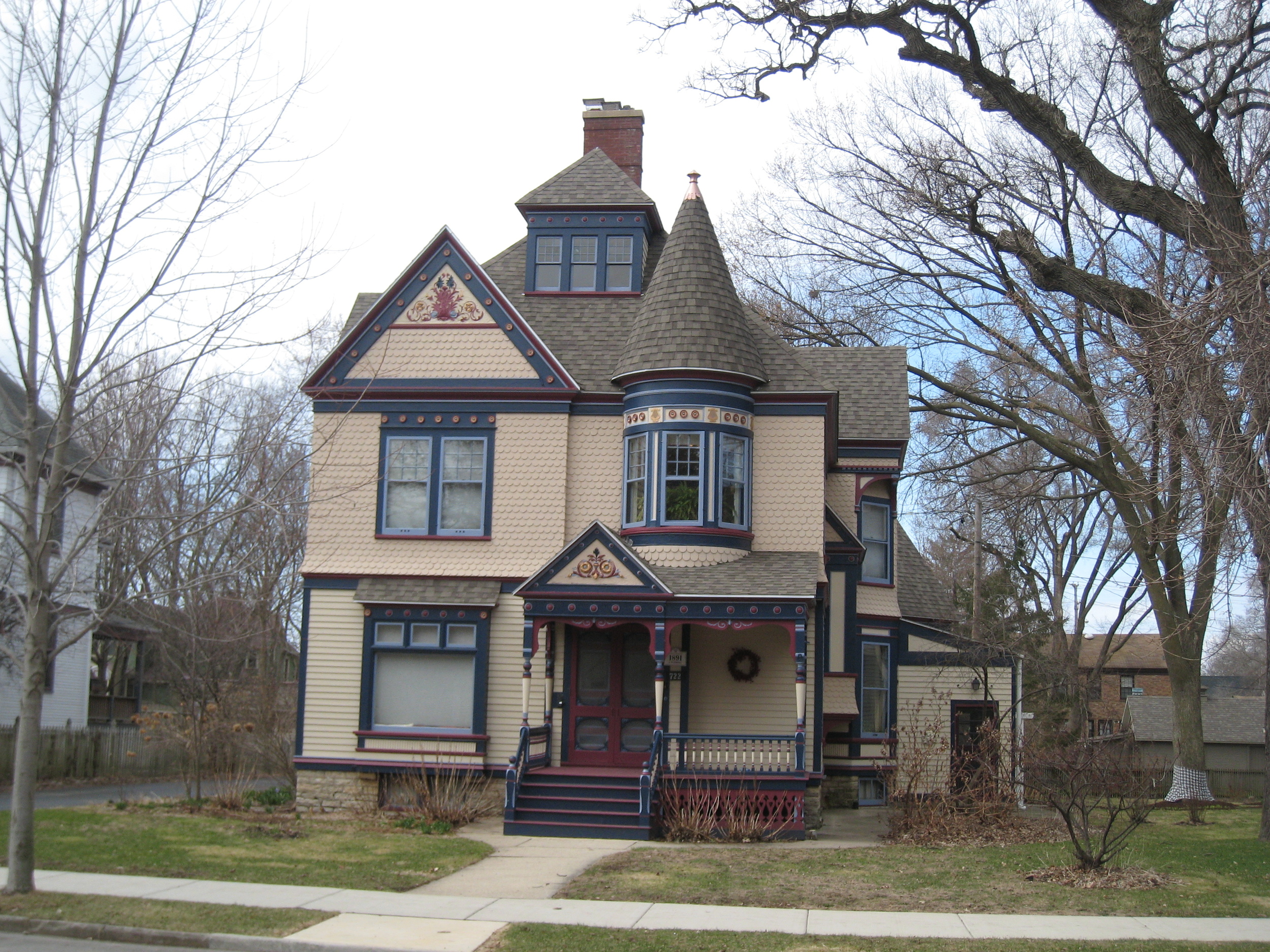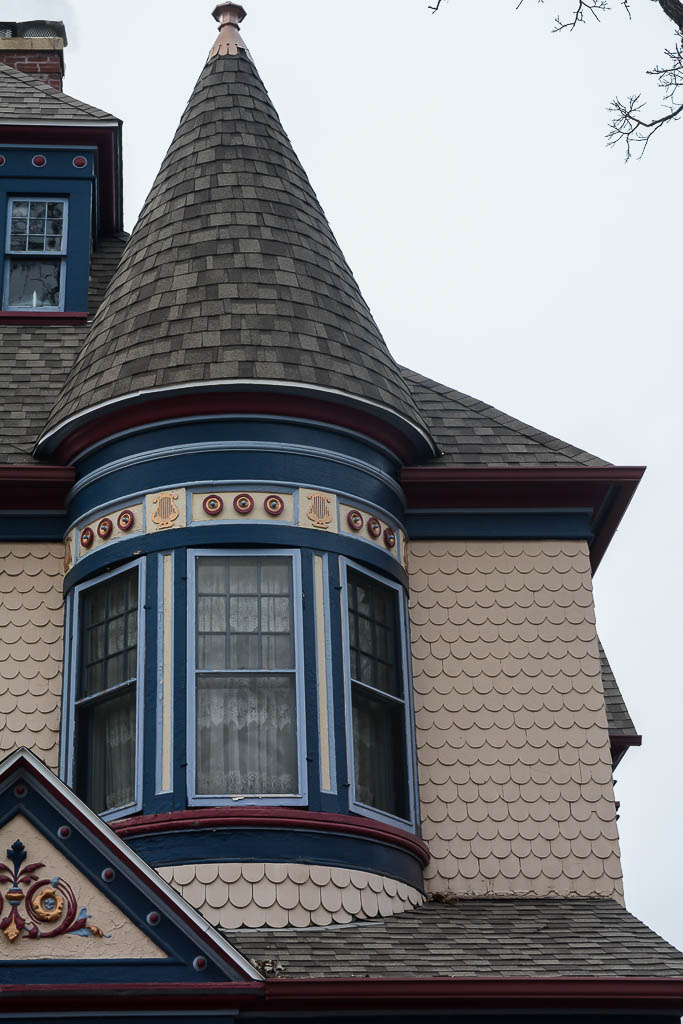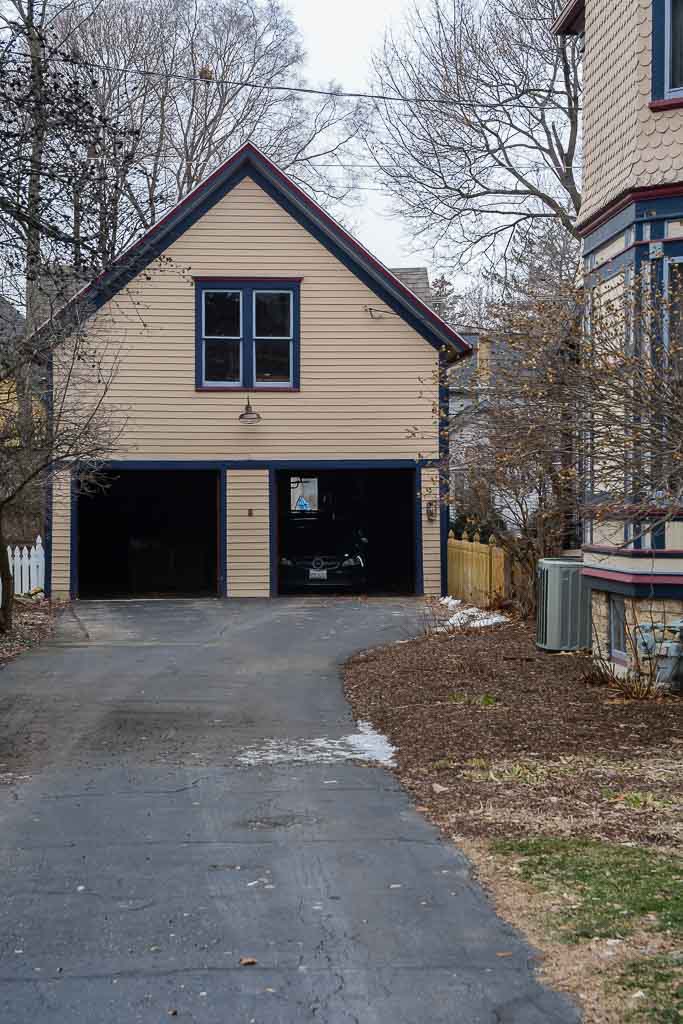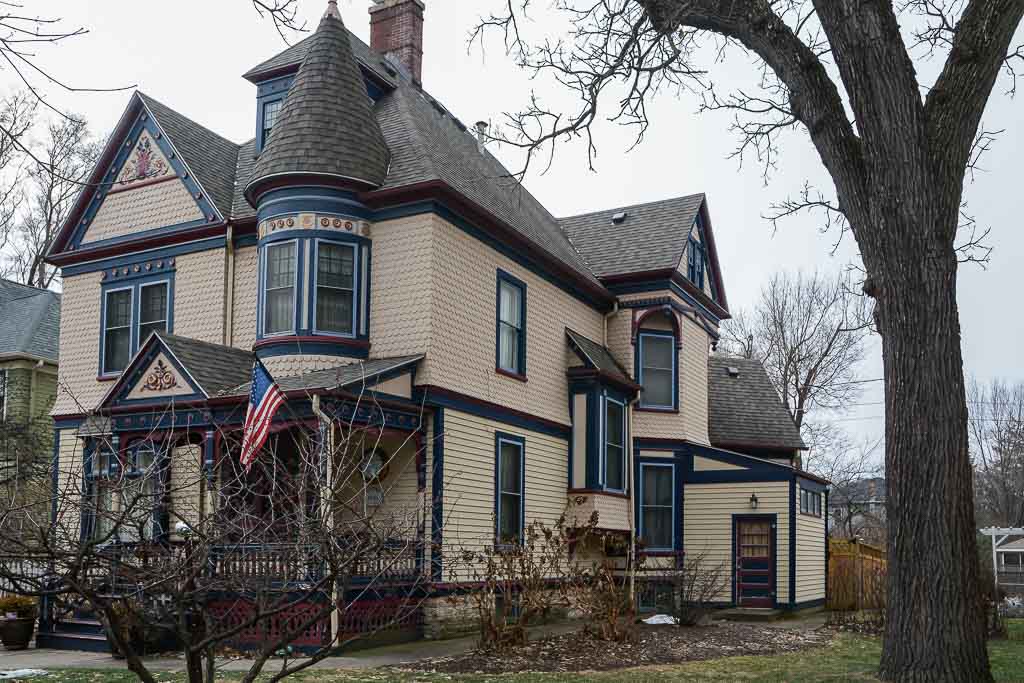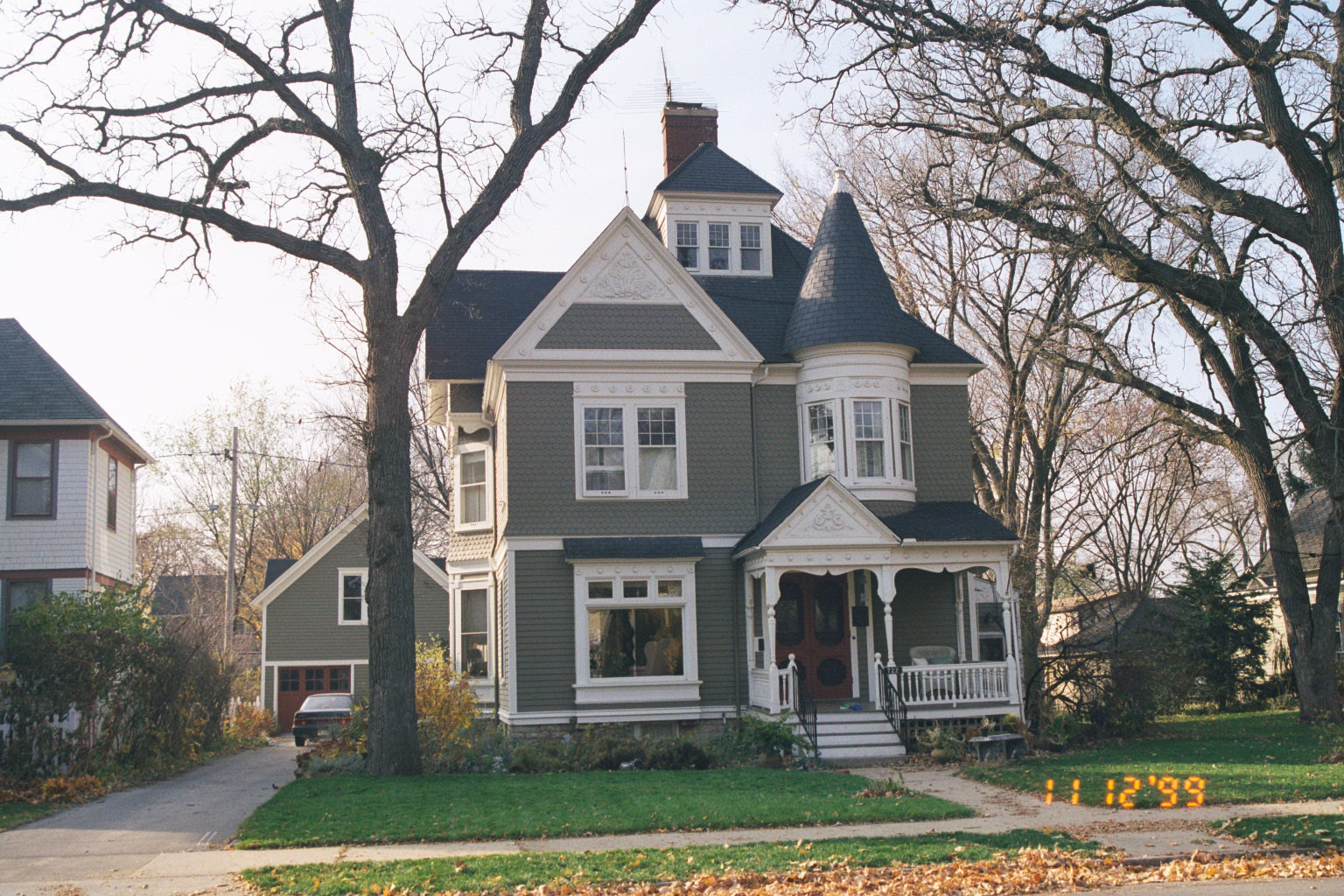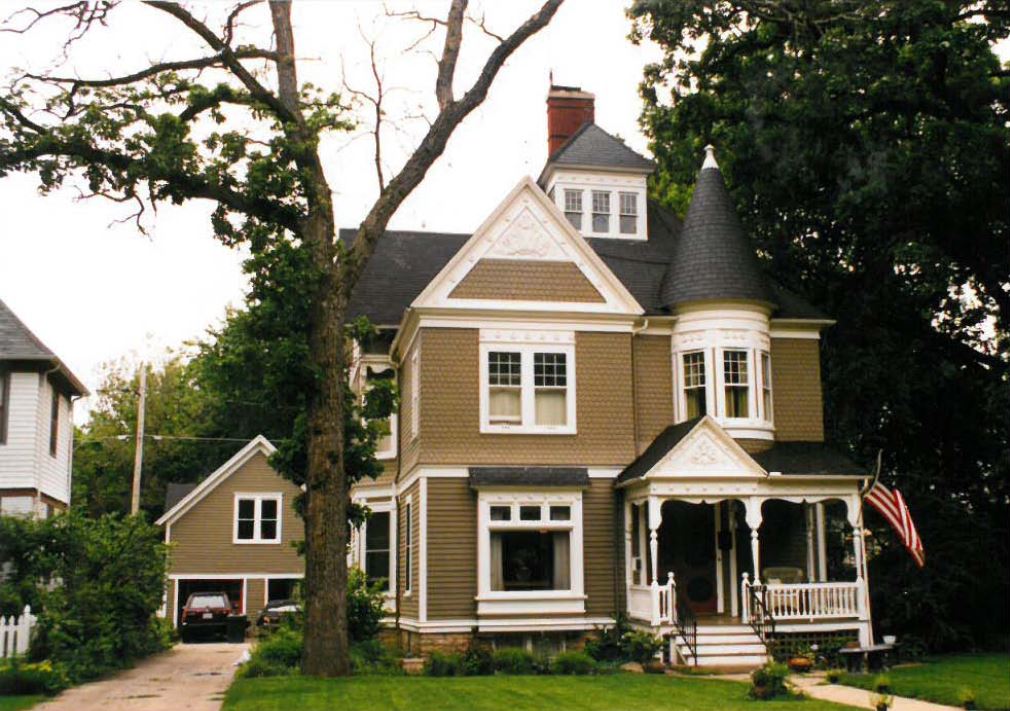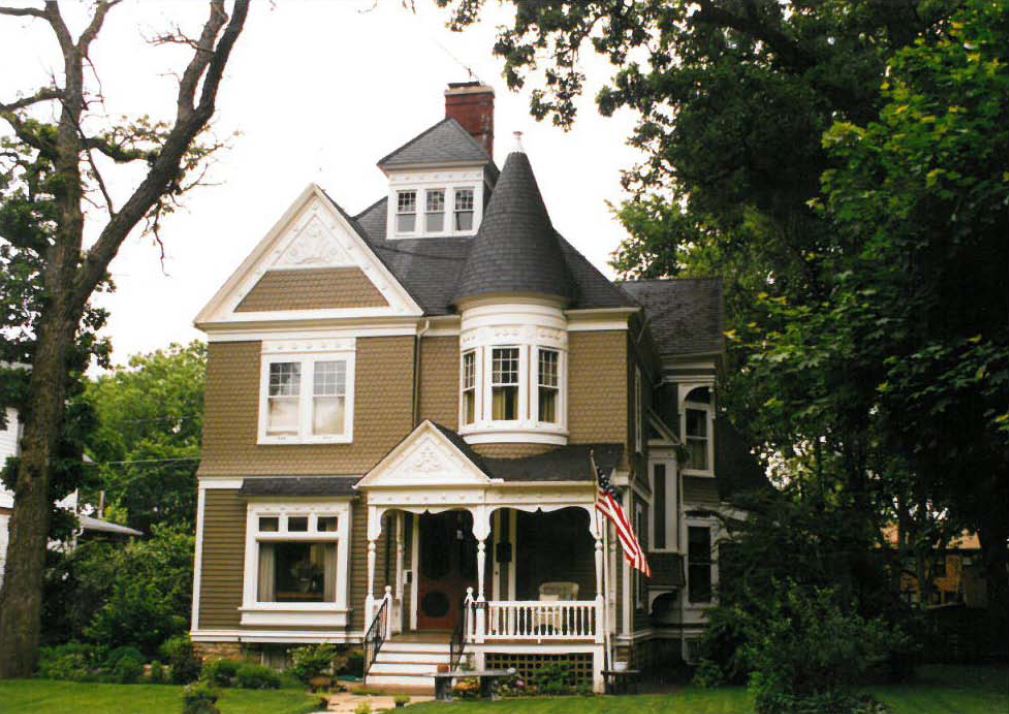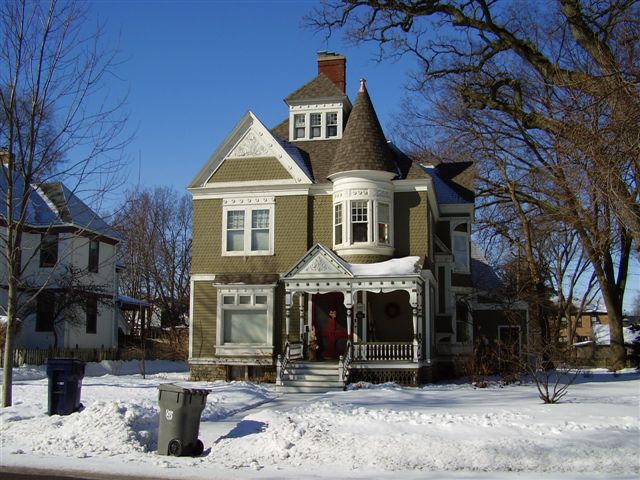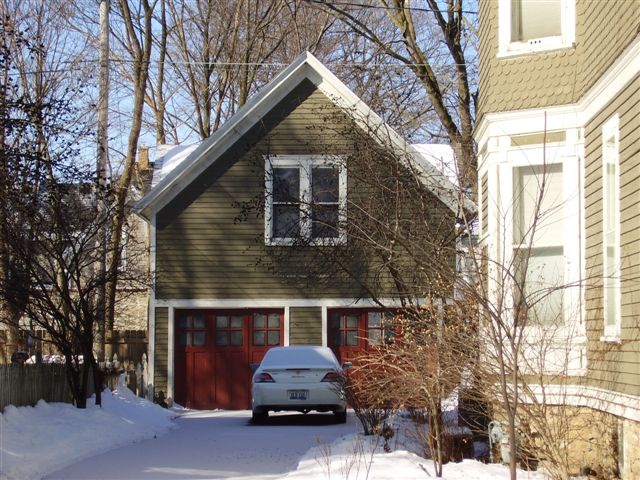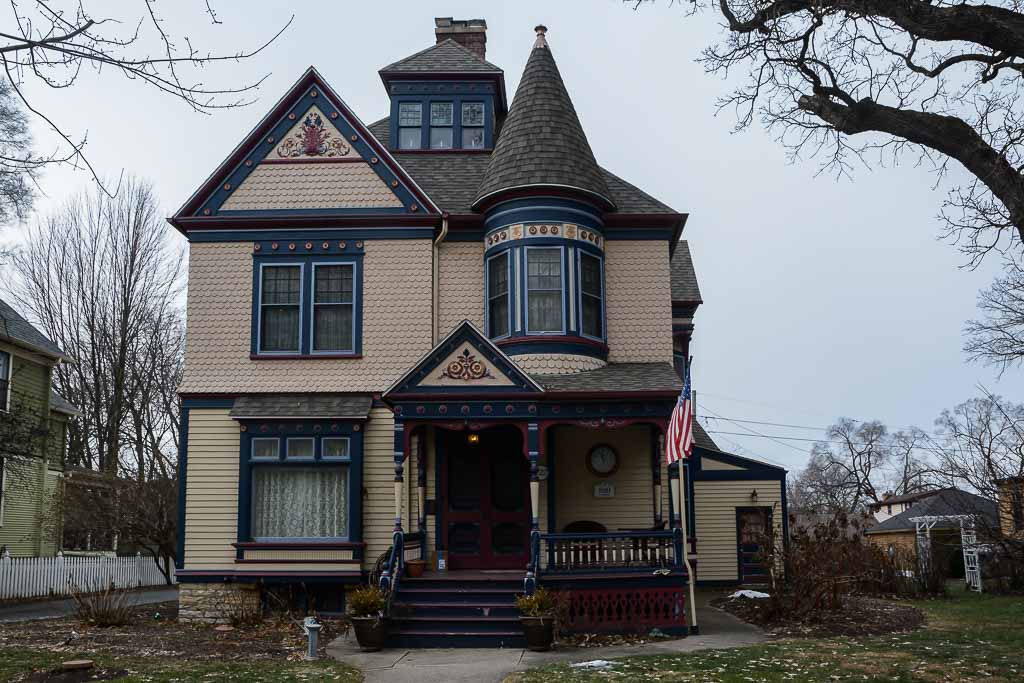722 DOUGLAS AVENUE
HISTORIC SIGNIFICANCE
In December of 1887, Jennie Towner, daughter of I. C. Towner, married John Fleming, a stock buyer for the Chicago Stock Yard. Three years later, Jennie bought a lot of land in the Lovell’s Subdivision from Lucy Lovell, the widow of Vincent Lovell. First known as 440 Douglas Avenue, it was changed to 722 Douglas Avenue in 1894 after the fourth and final city-wide realignment of addresses.
The Fleming family stayed in the home for roughly seven years, since records show that by 1898 Judson Mason of Dundee sold the home to William McCredie. McCredie was a Scottish immigrant who moved over and found success in the dairy and farming industry, marrying Mary Jane Marshall and having three children. McCredie also sat on the Board of Directors for the First National Bank, was vice president of the Elgin City Banking Company, treasurer of the Elgin Board of Trade, and was a member of the First Congregational Church.
When McCredie died in 1927, his daughter Margaret McQueen took over ownership of the house and moved in with her husband and their son John W. McQueen. Passing between multiple family members, 722 Douglas Avenue stayed in the McCredie family for a total of 98 years.
ARCHITECTURAL SIGNIFICANCE
722 Douglas Avenue is considered as a significant and contributing structure to the Spring-Douglas Historic District, a nationally recognized district in which it resides.
It is of the Queen Anne style, designed by noted architect Smith Hoag. It is an irregular shaped, two-story house with a cross gabled roof and hipped front dormer. A projecting decorative gable on the façade just above the porch marks one aspect of Queen Anne ornamentation with the porch itself exhibiting turned wood posts and railings, as well as a decorative frieze. Just above the porch on the façade sits a turret with a conical roof, another marker of Queen Anne characteristics that aims to have no flat surfaces.
TIMELINE OF PREVIOUS OWNERS
Sources: 1999 Heritage Plaque Application; Audio: TextAloud
